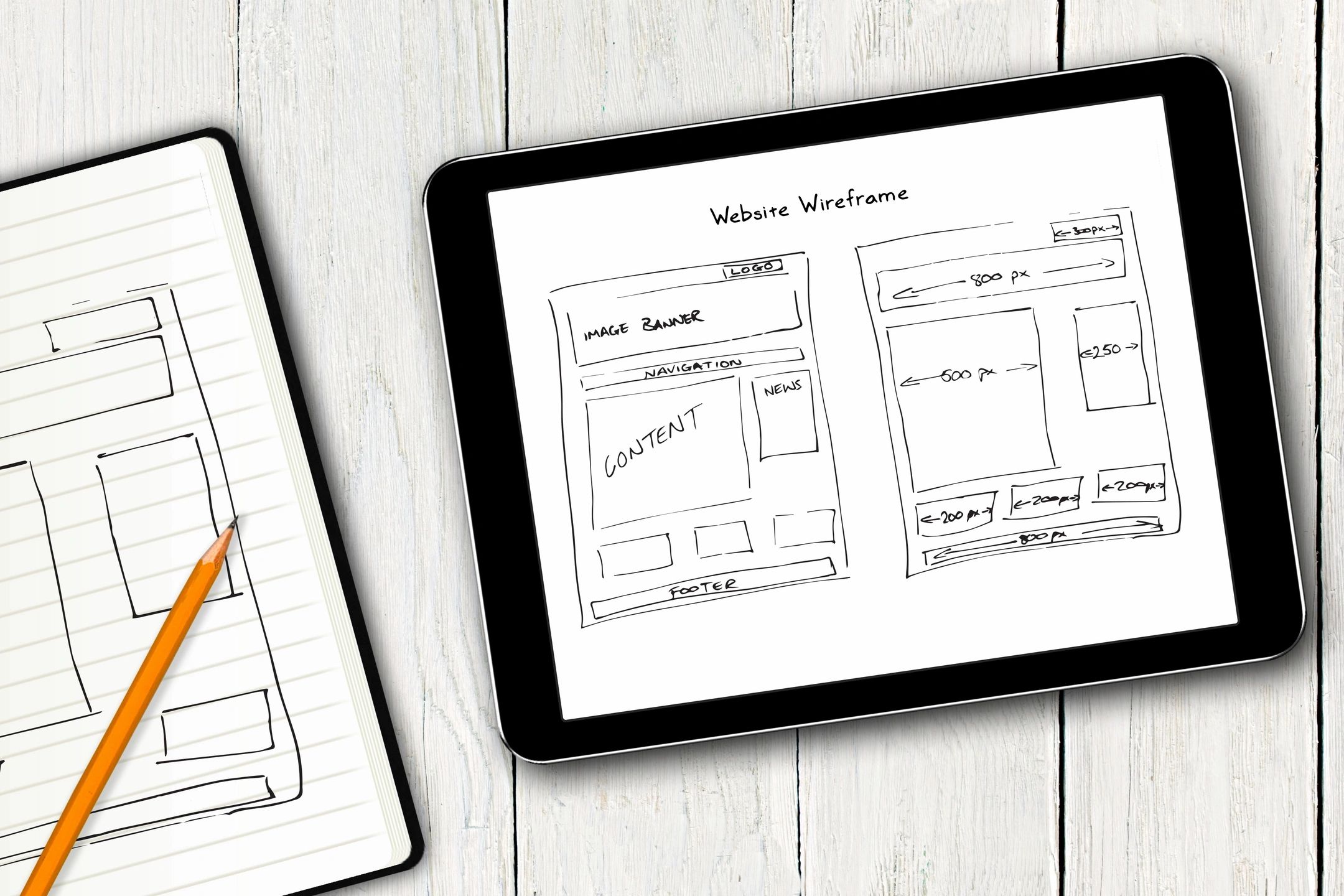In today’s digital age, having a professional website is crucial for small businesses to establish an online presence, attract customers, and drive growth. A well-designed website can make all the difference in converting visitors into loyal customers. However, with so many design options available, it can be overwhelming to determine what elements are truly essential.
10 Essential Website Design Elements for Small Businesses:
1. Clear Navigation
A user-friendly navigation menu helps visitors find what they’re looking for quickly. Keep it simple, concise, and organized.
2. Prominent Call-to-Action (CTA)
A clear CTA (e.g., “Contact Us” or “Sign Up”) encourages visitors to take action.
3. Responsive Design
Ensure your website adapts to various screen sizes and devices for optimal user experience.
4. High-Quality Imagery
Compelling visuals communicate your brand’s message and capture visitor attention.
5. Concise and Compelling Content
Clear, concise content communicates your value proposition and resonates with your target audience.
6. Search Engine Optimization (SEO)
Optimize your website for search engines to improve visibility and drive organic traffic.
7. Secure Sockets Layer (SSL) Certificate
An SSL certificate ensures data encryption and builds trust with visitors.
8. Fast Loading Speed
A fast-loading website improves user experience and search engine rankings.
9. Mobile-Friendly Design
Ensure seamless usability across mobile devices.
10. Analytics Integration
Track website performance using analytics tools to inform data-driven decisions.
A well-designed website is crucial for small businesses to succeed online. Incorporating these 10 essential elements will help create a professional, user-friendly, and effective website that drives business growth.
Additional Tips:
– Regularly update content to keep visitors engaged.
– Use social media integration to expand your online presence.
– Ensure accessibility features for inclusive user experience.
